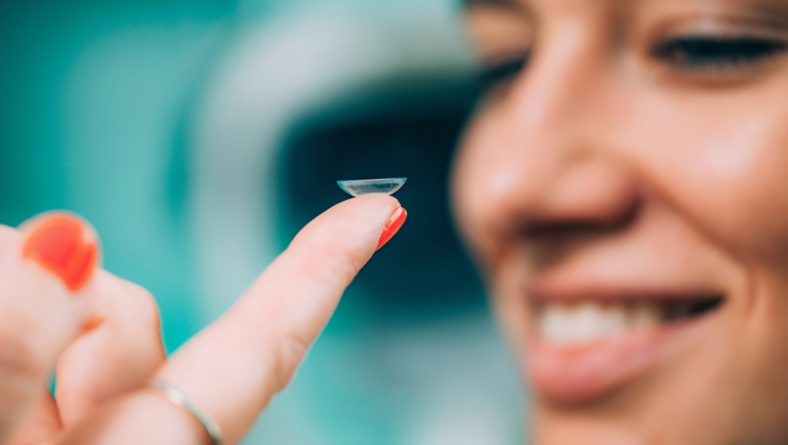What Is Orthokeratology And How Can You Benefit From It? | Accent Eye Care
Eye conditions like myopia can interfere with daily activities, but Accent Eye Care offers a unique treatment to help lessen the effects of myopia. Orthokeratology, or ortho-K, is an eye therapy available at Accent Eye Care that has many benefits for those with myopia.
What is Orthokeratology?
Ortho-K is an eye therapy meant to lessen nearsightedness and is done using specialized contact lenses. Nearsightedness, or myopia, is caused by the elongation of the eye. Corrective lenses can be worn to live with myopia, or treatments can be done to help reduce its effects. Orthokeratology is a non-surgical treatment option for those with myopia. Unlike traditional contact lenses worn during the day, ortho-K lenses are worn at night to help correct the shape of the cornea during sleep. These special lenses can help reshape the cornea to reduce myopia in a process called corneal refractive therapy, or CRT.
Why choose Ortho-K lenses at Accent Eye Care?
Orthokeratology is an excellent treatment option for many people who have problems using traditional contact lenses to counter myopia. Although myopia can often develop during childhood, ortho-k is an approved treatment for both children and adults with myopia. Some children and adults with myopia that use traditional contact lenses can experience dry eyes or irritation, which can be bothersome while performing daily activities. Since ortho-K lenses are worn at night, eyes are kept moisturized and irritation either does not occur or is greatly lessened.
The ortho-K lenses available at Accent Eye Care are Paragon CRT lenses, which are FDA-approved for both children and adults. The lenses have shown their merit, as they were able to correct the vision of 90% of their FDA trial participants, improving their vision to 20/40 or better.
How long does treatment last?
Orthokeratology can be done for as long as desired. The reshaping effect the lenses have on the cornea is only temporary, so if the lenses stop being worn, eyes should return to their normal state in two to three weeks.










 powerhousegroup.net
powerhousegroup.net